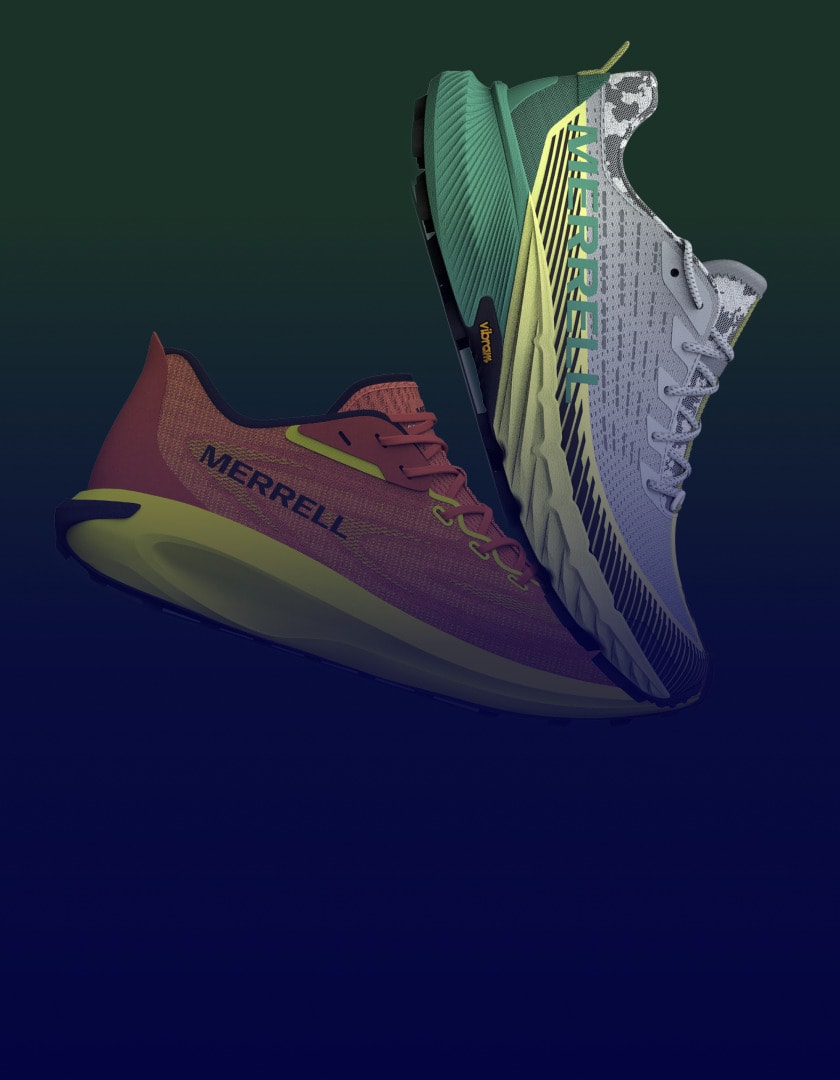Overcoming the Challenges of Category Management in Grocery Retail

Serving customers and maximizing profitability is the goal of every successful grocery retailer. With the average grocery store carrying anywhere between 15,000 to 60,000+ SKUs, category planners and merchandisers grapple daily with optimizing their product ranges across many categories and varied locations to match shifting customer demands.
A day in the life of these professionals involves an intricate balance of selection, organization and ongoing optimization—and the challenges of getting it wrong are enormous. However, technology-first solutions could prove critical in tackling the challenges that come with this essential function.
Here’s what the next-generation approach to range management could look like.
Addressing the Daily Questions of Category Management
Take Grocer X as an example.
Their category management and merchandising team gathers daily to review the latest sales data and make the big display decisions that could give them a big win or a massive loss.
For example, Nielsen found that U.S. retailers lost $201 million in cereal sales because shoppers’ favorite varieties weren’t available.
The problem is that Grocer X must assess and balance several factors to determine what will satisfy customers while bolstering its bottom line. So, what questions does Grocer X have to ask?
Is Our Product Mix Relevant?
The first challenge Grocers face is optimizing their assortment by each store demographic. This decision is influenced by an enormous range of variables from current customer demand and seasonal trends to footfall, regional preferences, store size and more. Grocer X must consider what shoppers in each store size of each region want and need, meaning they can’t just copy and paste the same campaigns and product mixes across all stores.
Store grading and localization is just one piece of the puzzle in optimizing range management. Grocers must also consider how to assess and curate the right assortment for each of those gradings. A task deemed near impossible on spreadsheets alone.
How are We Using Shelf Space?
Physical space is an endless headache because Grocer X’s range planners must make tough decisions to balance popularity vs. profitability and this is an issue that can also hit hard. For example, it is estimated the European grocers alone lose upto €400 billion annually due to stockouts whereas, even more shockingly; Algonomy found global grocers lose $1 trillion to stockouts and $750 billion to food waste annually.
Curating the optimal product mix to meet consumer demand whilst maximizing profits is again a challenge when relying on siloed, static analysis methods.
A scenario planning tool would help Grocer X to visualize the impact of their decisions.
Can We Keep a Handle on SKU Proliferation?
With each season, sporting event or even religious holiday comes a chance for grocers to introduce and promote targeted, themed products otherwise known as limited edition SKUs. Thinking back to March, how many varieties of Easter eggs could you count? In December, how many varieties of mince pies were on offer, or October – how many varieties of Halloween-themed sweets and candies were decorating the shelves?
This summer, television ads were filled with the supermarket giants competing to promote their latest innovative take on the burger when advertising their BBQ ranges this summer.
This year-round SKU proliferation is causing Grocer X’s ability to optimize their shelf availability to become increasingly complex over time. Tracking every product and variation across every store, region and country using many (and often manual) reporting and analysis methods slows Grocer X’s ability to respond to the market in terms of allocating campaigns and product ranges where they will perform best and quickly results in inefficiencies in their operations and not to mention perishable waste on the shelves.
The answer?
Grocer X must look to SKU rationalization tools to streamline its offerings, improve its back-end operations and provide better choices for shoppers. Grocer X must also consider how to solve the manual challenge of visualizing the product range across so many nuanced audiences.
Are We Ready for Seasonal Variations?
In the past, Grocer X made educated guesses based on its data and competitors, resulting in low margins on campaigns and too much produce going to waste. With modern analytical solutions in place, category buyers and managers at Grocer X can turn to data insights to anticipate seasonal demand and focus on reducing excess inventory (and losses).
How Do We Introduce New Products Correctly?
Launching new products is critical to keeping the Grocer X brand fresh and attracting shoppers, but every product introduction is risky.
- Inventory space
- Shelf availability and subsequent shelf-life
- Opportunity cost
- Shopper acceptance
- Anticipated demand
- SKU Cannibalization
- Relevance and duration of the campaign
That’s why integrating built-in visualization and simulation tools is vital for supporting Grocer X’s efforts to reduce new product risk. Teams must create a comprehensive data architecture to capture, analyze, and report this data in a way that lets them make decisions quickly.
Are We Providing Hyper-Personalized Ranges Sourced Ethically and Sustainability?
The grocery list for a shopper in a suburban environment isn’t always going to reflect the same items as a customer living inner city. The same is true for customers living in warm, dry climates vs customers in wetter, rural regions, and customers with differing values living in different areas of the same city. Grocer X needs to be able to clearly see the product variations from the recommended assortment, presented by HQ, at the assortment planning stage to consider how they can tailor their ranges to regional preferences.
Moreover, there’s also the sourcing issue that goes beyond customer-vendor relationships. Grocery planners must remember that 40% of consumers factor sustainability and ethical sourcing when making their food purchases.
Having a clear understanding of what product variations meet local preferences is key to remaining competitive in an era where customer loyalty is diminishing.
What’s the Competition Doing?
Finally, all of the above must be compared to competitors. Grocer X must recognize that traditional supermarkets aren’t its only competition as shopping habits shift towards either a thrifty or convenient approach over brand loyalty.
For example, according to Clive Black, Shore Capital analyst, Aldi and Lidl entered the UK grocery market as limited assortment discounters (LADs) with just 600 basic items. This enabled them to offer significant price cuts, ensuring they gained a substantial foothold in the market. Whereas in contrast, convenience stores report an increase in basket sizes from their less price-conscious shoppers, taking footfall away from larger supermarkets.
The shift in shopping habits is a threat that requires intricate competitive analysis tools to stay ahead of the broader market.
Why Grocery Retailers Turn to Centric Software Solutions
The story of Grocer X is a discussion that plays out within every grocer daily.
The problem is that the tech hasn’t kept up with rapidly evolving customer preferences. The last five years have seen massive changes in preference including ethical sourcing, personalization, and omnichannel shopping. Habits have also been impacted by economic changes, resulting in reduced loyalty in favor of low prices and convenience, and empty shelves due to supply chain challenges have led customers to reach for alternative products. This has left grocery planners without the real-time, high-accuracy data needed to meet consumer demand.
5 Ways Centric Visual Boards help to Optimize Grocery Category Management
Speed time to market:
Digitally collaborate across teams and regions on new product introductions from ideation to allocation.
Drive brand and customer loyalty:
Deliver a product range that meets your customers’ needs: Visually analyze the cohesiveness of a product mix from a customer perspective.
Beat the competition:
Quickly identify cross-region opportunities. See where promotions and campaigns will perform best based on various range attributes.
Optimize product mixes:
See a complete picture of how individual categories work together to achieve financial targets.
Gain control and agility over profitability:
Explore in real-time how each product range contributes to sales targets in an interactive visual way.
Conclusion
Range planning is the foundational pillar upon which profit and customer satisfaction are built within the grocery retail industry. For large supermarket and grocery chains, mastering localization is key to maximizing profitability and to do so, planners and merchandisers need to be able to have a clear idea of what they are selling, where they are selling and at what margin.
But planning, producing and introducing new products whilst balancing staple ranges across many locales and demographics is challenging at best without the headaches and hurdles of unexpected supply chain and cost of living crises. Range planners need tools and insights beyond what spreadsheets and traditional methods can provide if they are to remain competitive in today’s competitive omnichannel market.
With next-generation approaches like Centric Visual Boards™, grocery companies can gain visibility and control over everything needed to nail their product ranges and keep their merchandising fresh.








